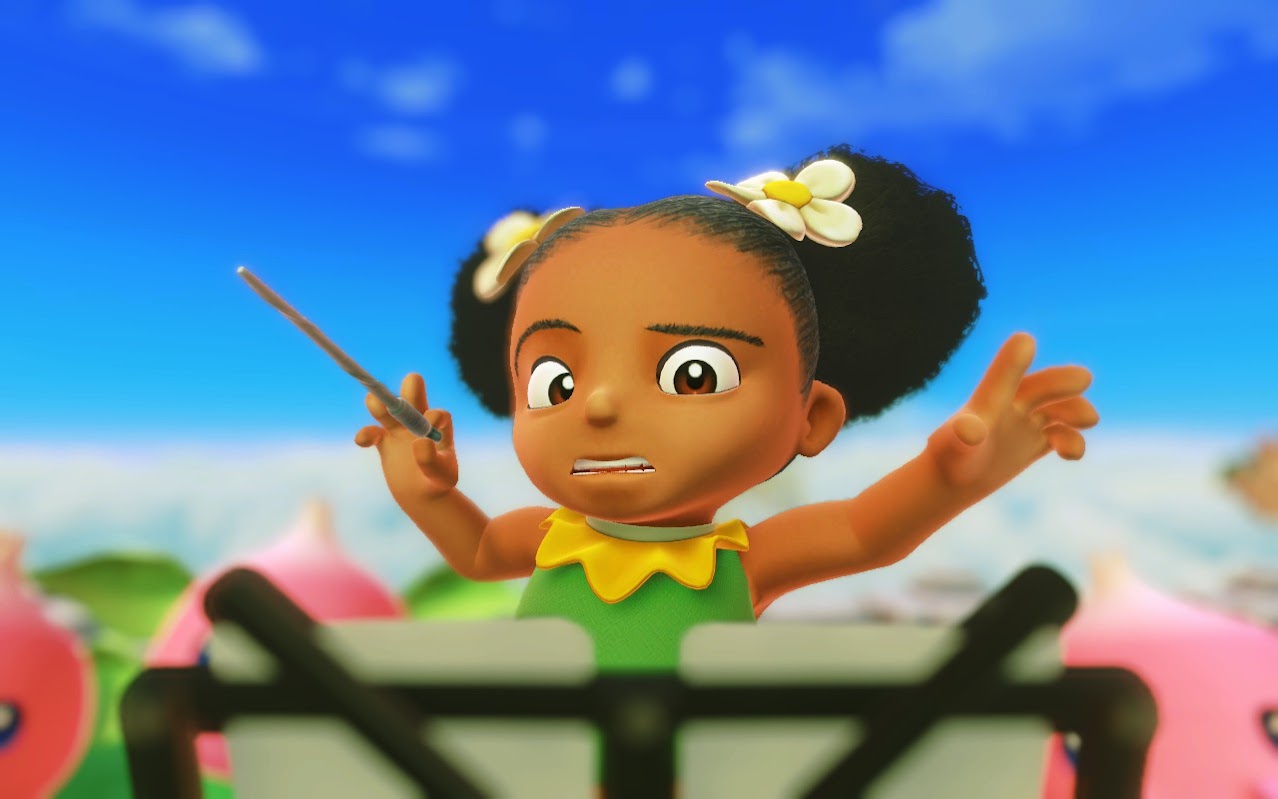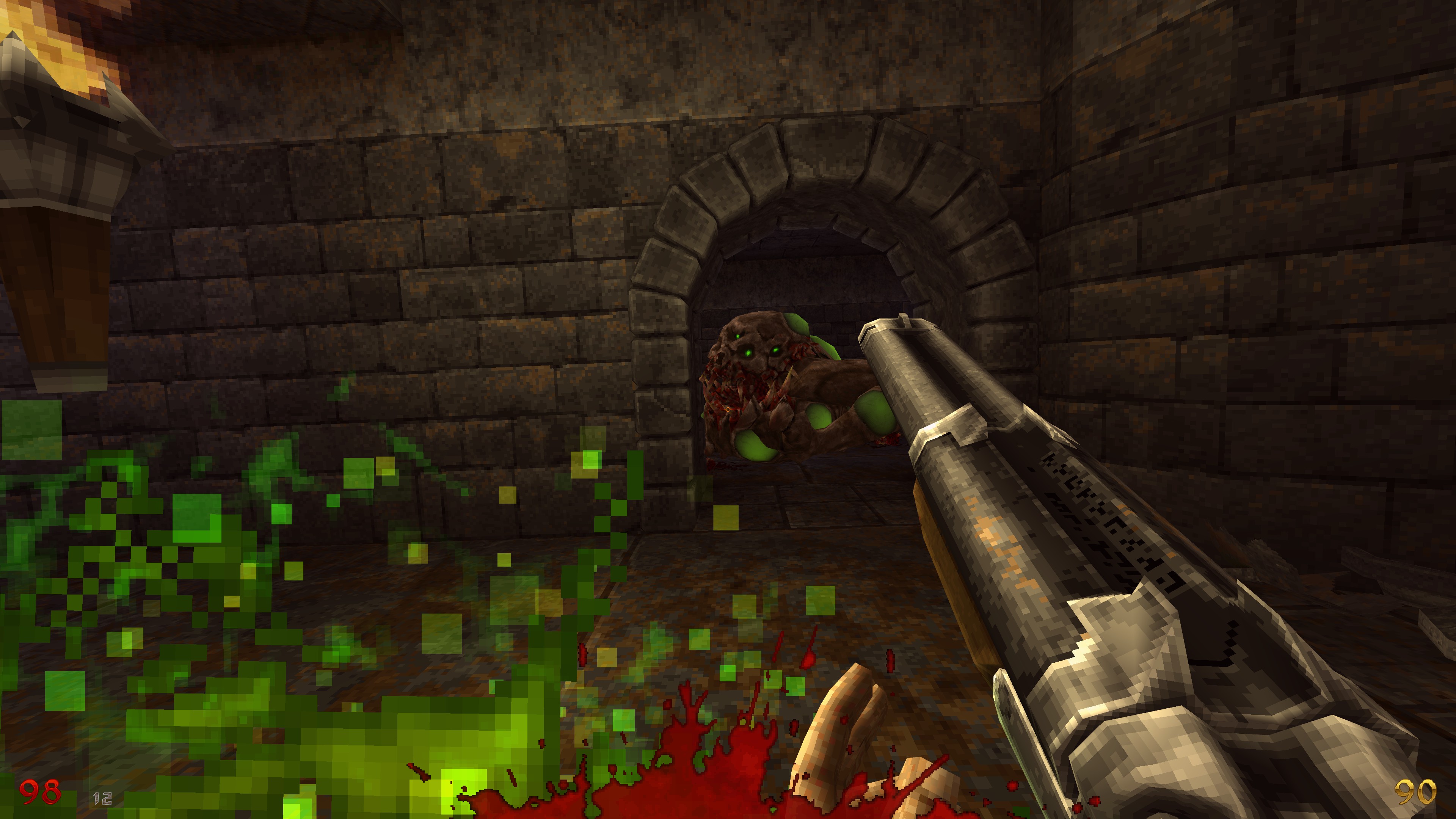
The litmus test of a good shooter is always the shotgun. The crack. The kick. The splatter. At its best, a good shotgun is enough to make a person weep from the eyes, or the chest if they happen to be at the business end.
Wrath: Aeon of Ruin has a splendid shotgun. It cracks. It kicks, and Holy Moses does it splatter. It must be said, though, everything in Wrath splatters. The massive arm-sword you start out with, the three chambered-pistol you pick up next, the gun that fires blobs of bile known as the Retcher, which at the moment I’d argue splatters a little too effectively. Of all the retro shooters I’ve played in the last couple of years—Dusk, Amid Evil, etc—Wrath is the one that remembers the word ‘gibs’ the most fondly.
The litmus test of a great shooter, however? That’s a little more complicated. It lies somewhere in the interaction between complex, treacherous 3D spaces and a disembodied hand clutching a gun. It involves vaguer words like angles, momentum, feedback, geometry—that arcane overlap where lines of code and wire meshes are transformed into art. As for whether Wrath is shaping up to be a great shooter, that’s a little more complicated too.
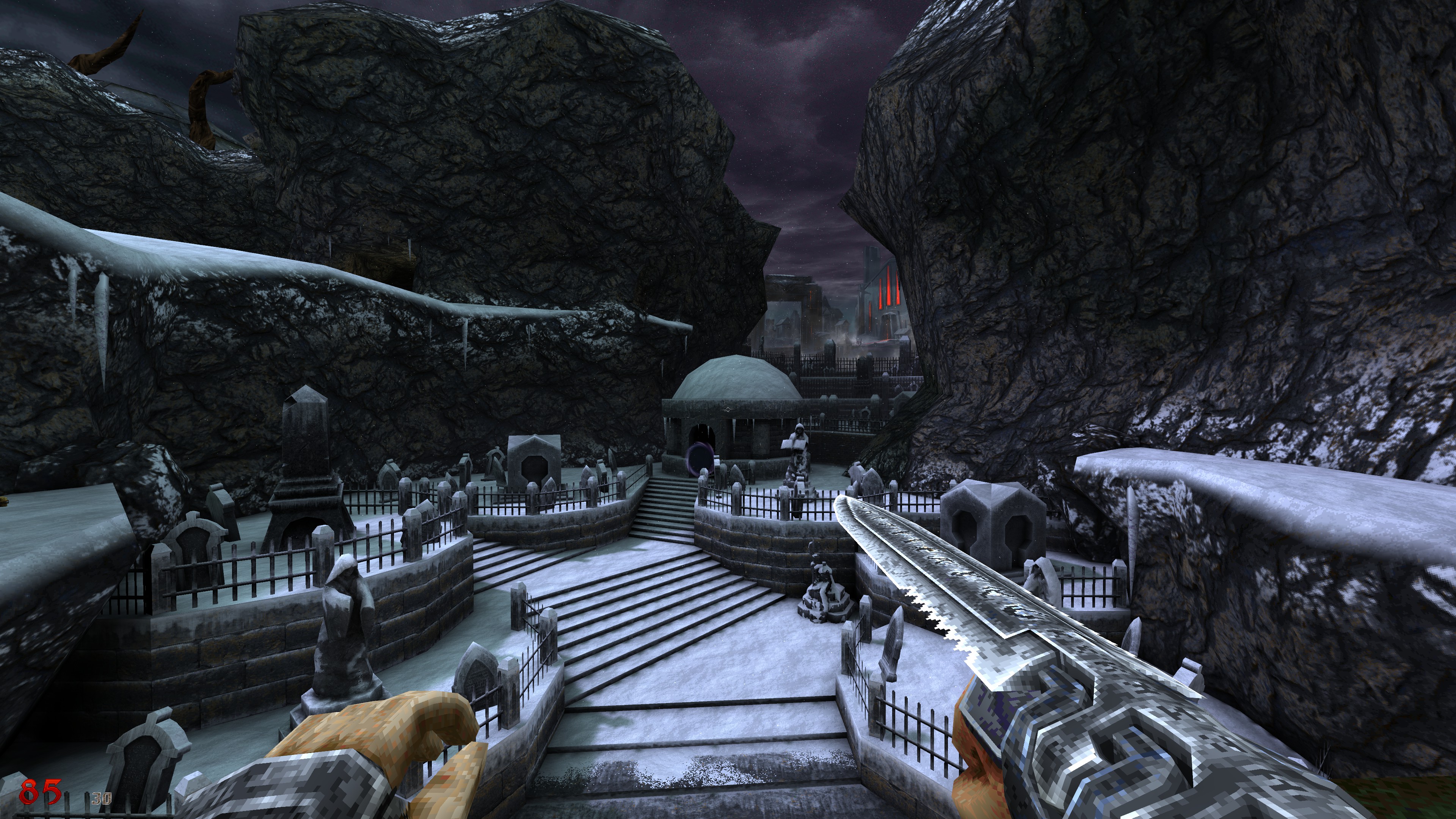
Wrath is being developed by KillPixel games and published by the latest iteration of 3D Realms (who recently published Ion Fury, which became marred by controversy). Aside from the name of the publisher, one of Wrath’s key claims to retro authenticity is that it’s being developed in the original Quake engine. Or at least, the most recent, polished version of the original Quake engine.
The intent of Wrath is quite clear, to be the successor to Quake that we all imagined but never got. Whereas Quake II drifted off into industrial sci-fi with underwhelming guns and character movement akin to a slug crawling up a drainpipe, Wrath returns players to haunting gothic vaults prowled by shambling zombies and eldritch horrors, all at the pace of an antelope with a lion halfway up its arse.
Actually, that last part isn’t entirely true. Initially, Wrath isn’t the blistering assault on the senses that I had expected. You start out in a large hub-world that connects the game’s various levels, all gnarled trees and looming crags. It’s a moody place, and I appreciate how Wrath takes the time to build up the atmosphere. This approach carries through to the 'first' level (it appears Wrath will give you some flexibility in which order you choose to approach levels). The Undercrofts are a dark maze of stony catacombs that eventually open up to reveal a vast necropolis, its graveyards and mausoleums dusted with snow.
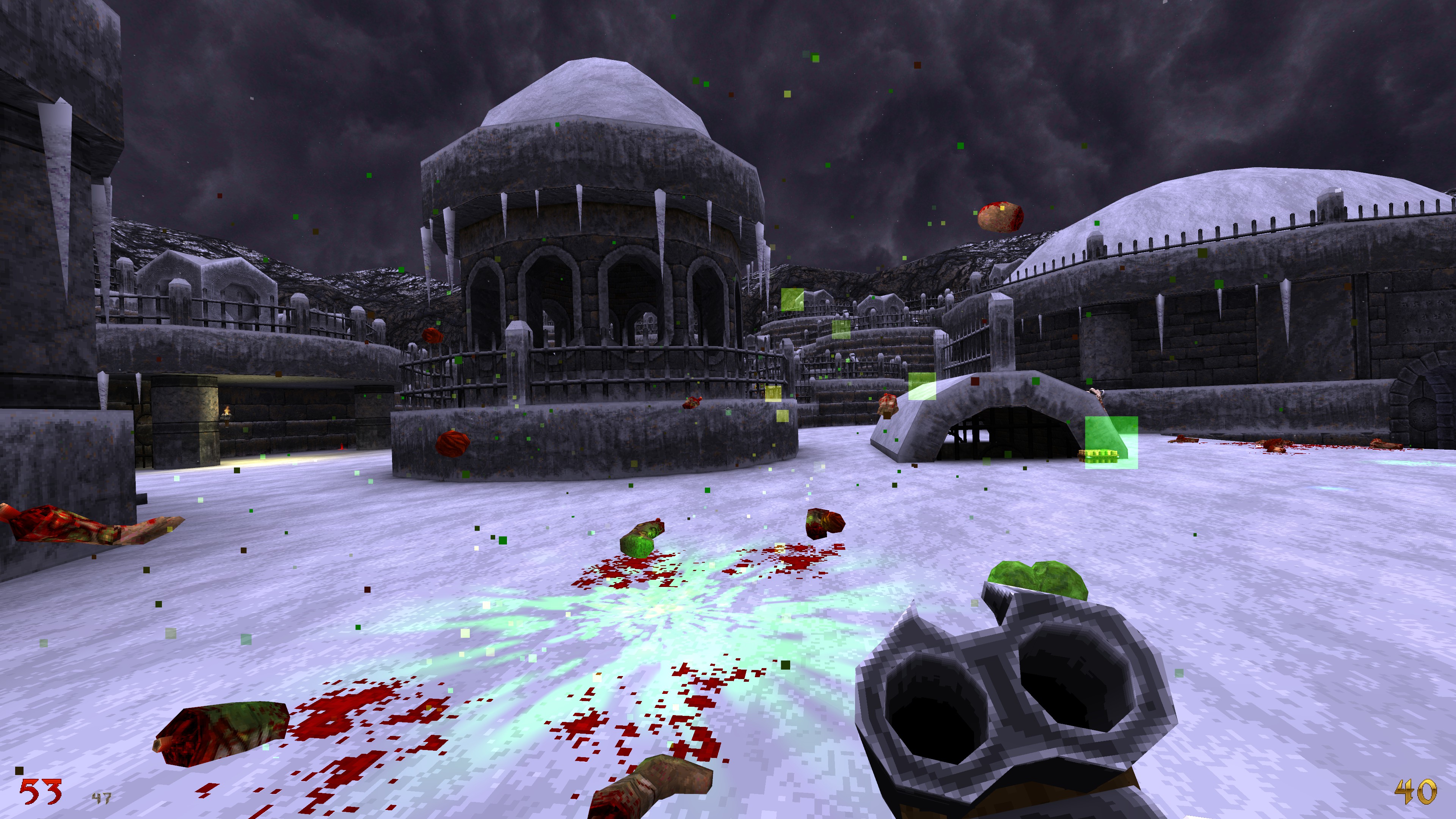
And it truly is vast. Whereas the average Quake level can be completed in minutes, it took me the best part of an hour to navigate the sprawling mass of the Undercrofts. And that was purely in search of the level’s end, no stopping for secrets or byways beyond those I immediately noticed (of which there are no shortage). It’s a breath-taking bit of old-school level design. So complex, in fact, that I’m not entirely sure I completed it. I got to the end portal that spat me back out into the hub-world, but I couldn’t help but wonder if I missed something that I was supposed to pick up on the way.
The biggest gaming news, reviews and hardware deals
Keep up to date with the most important stories and the best deals, as picked by the PC Gamer team.
It’s a breath-taking bit of old-school level design. So complex, in fact, that I’m not entirely sure I completed it.
This leads on to my main concern with Wrath: Aeon of Ruin. A great shooter knows how to balance exploration-driven level design with a strong forward momentum, and I wonder whether Wrath leans a little too much toward the former. Don’t get me wrong, they’re very impressive spaces and I enjoyed poking around them, but there were several occasions where I became lost and my trigger finger started getting itchy. A DOOM-style wireframe map would help reduce some of the frustration. On the subject of frustrations, the save system is unnecessarily convoluted, giving you limited manual saves that you need to access via a menu, alongside manually activated 'Shrines' that act as checkpoints. Just let me quicksave, KillPixel. It was good enough for Quake.
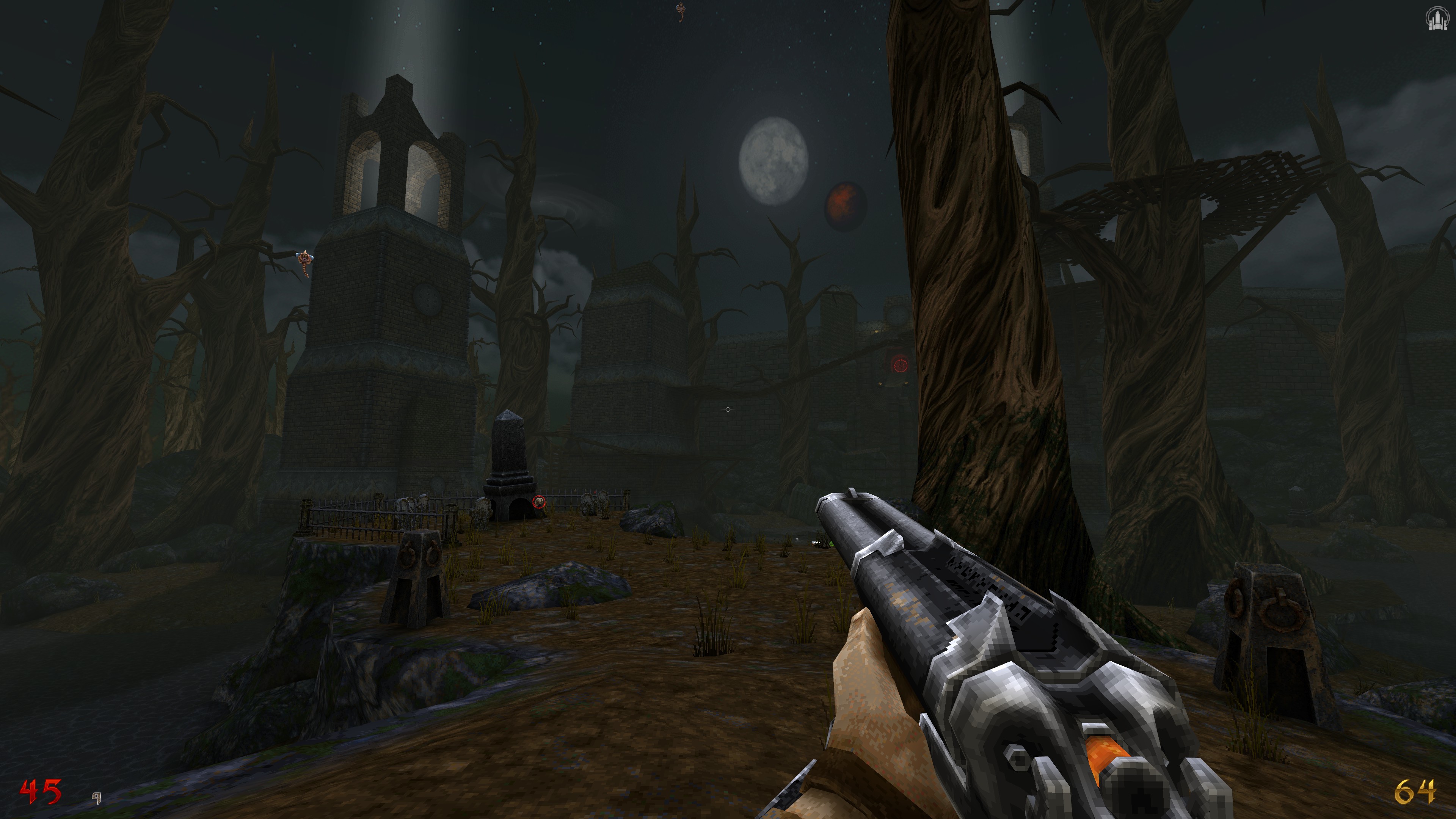
Nonetheless, this is still a rock-solid FPS foundation. Aside from the overpowered Retcher, the guns on show feel great. I’ve made my affection for the shotgun clear enough, but my true favourite is the Fang Launcher, a delightfully twisted homage to Quake’s Nailgun that eats ammo with disgusting efficiency. Enemies are equally fun to blast. I particularly like the cyst-coloured fellows who explode in an astonishingly gross fashion when killed. Wrath even makes its floating enemies fun to fight, including a terrifying Cerberus-like creature that charges you with three-sets of jagged teeth.
There are only the two levels currently on offer, which make the Early Access price-point of $25/£20 a little hefty. That said, if the rest of Wrath: Aeon of Ruin can continue to provide those gigantic, nuanced levels while also building the momentum across the game, I think it could end up being something special. And even if it doesn’t hit that gold retro FPS standard established by DUSK, that shotgun and I are still going to get along just fine.
Rick has been fascinated by PC gaming since he was seven years old, when he used to sneak into his dad's home office for covert sessions of Doom. He grew up on a diet of similarly unsuitable games, with favourites including Quake, Thief, Half-Life and Deus Ex. Between 2013 and 2022, Rick was games editor of Custom PC magazine and associated website bit-tech.net. But he's always kept one foot in freelance games journalism, writing for publications like Edge, Eurogamer, the Guardian and, naturally, PC Gamer. While he'll play anything that can be controlled with a keyboard and mouse, he has a particular passion for first-person shooters and immersive sims.

